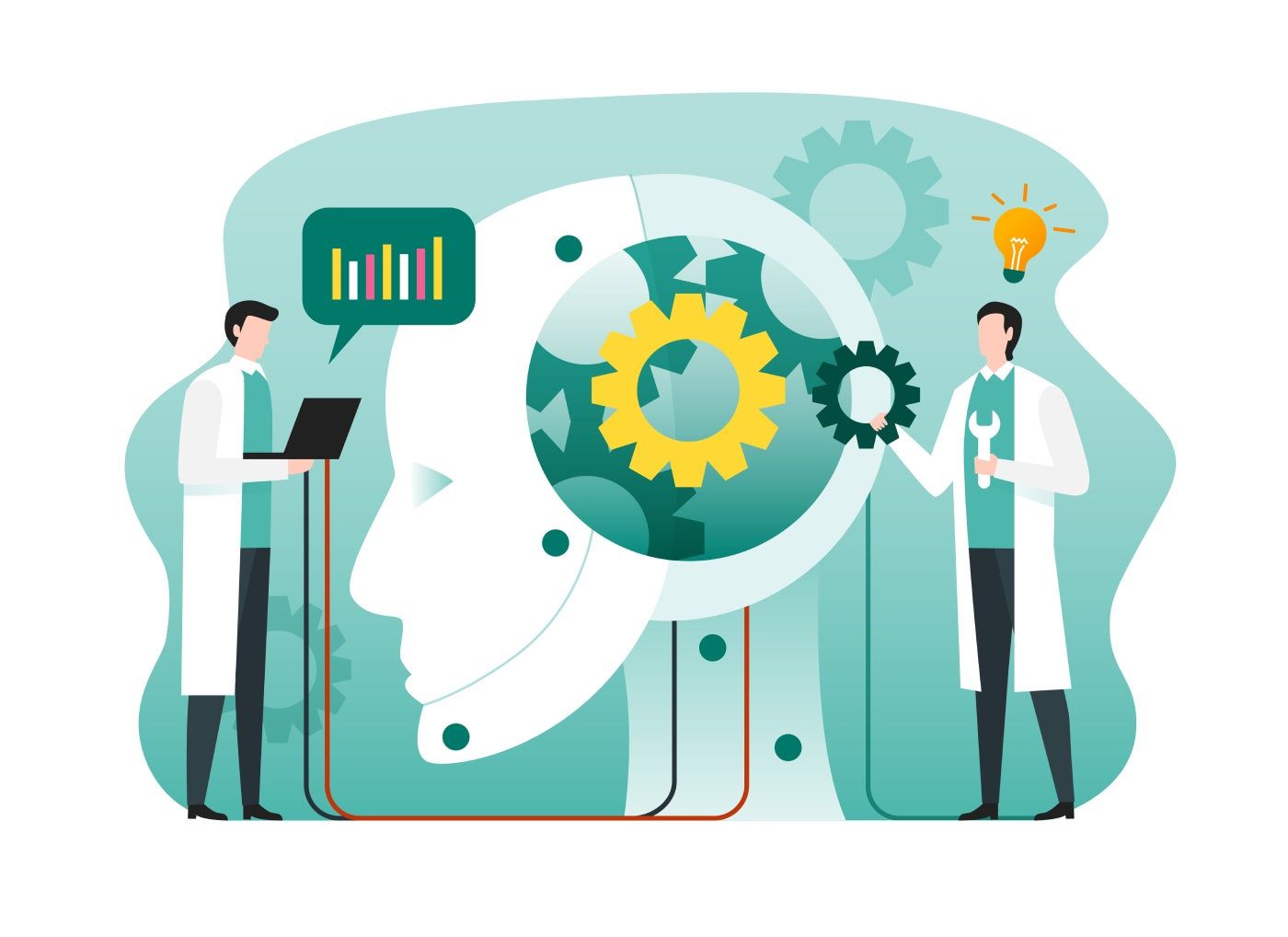In Australia, the drive to lead in both artificial intelligence and sustainability has sparked a high-stakes conflict.
As the country strives to become a global powerhouse in artificial intelligence, striking a balance between cutting-edge innovation and green ambitions is proving a formidable challenge as Australia navigates the delicate intersection of technological advancement and ecological responsibility.
How Australian businesses are harnessing technology for sustainability
Technology is central to much of Australia’s work in innovation and sustainability.
For example, a renewable energy company called Sunshine Hydro leverages a software solution, called AESOP, as its point of differentiation. AESOP is a complex application that allows Sunshine Hydro to combine multiple renewable energy sources (solar, pumped hydro, and wind) with storage and then efficiently distribute it to the grid.
Another company, Enosi, has developed a way to track carbon-free energy at the grid level. This Powertracer smart metering technology enables large companies and networks to source energy generated exclusively from renewable sources and therefore achieve a “true zero carbon” position in energy.
Enosi is working with Google to help these companies develop better energy procurement strategies and meet their ESG goals, while rapidly scaling up their investment in AI.
Companies such as Sunshine Hydro and Enosi highlight the role Australia’s IT industry will play as part of the country’s overall ambitions to become a renewable energy superpower. While the government is investing heavily in innovative manufacturing and looking to Australia to develop sovereign capabilities in solar panels, battery storage manufacturing and other areas, IT will play a critical role in making this innovation a reality and supporting its implementation and operation.
As noted in an AFR article, when assessing the skills needed to support renewable energy and sustainability in Australia: “Clean energy occupations likely to be in greatest demand include electricians, metal fitters and machinists, plant operators, as well as technologists, developers and artificial intelligence (AI) experts.”
The Australian government has been investing in training AI technologists. In 2023, the government announced a major $5 billion collaboration with Microsoft to develop “AI era” talent within Australia and create high-value jobs needed to manage innovative sustainability projects.
Meanwhile, an online platform backed by Atlassian co-founder Mike Cannon-Brookes aims to help train and move more than 100,000 Australians into clean energy-related jobs by 2027. “Software and technology” is one of six key areas in which the platform, Terra.do, offers training and upskilling courses.
What are the challenges of AI in sustainability?
While efforts have been made to adapt technology for sustainability and leverage AI to support green outcomes, there are serious concerns about the sustainability of AI.
The first issue is political: a deep political debate on whether to invest in nuclear energy instead of renewables just to meet current energy demand has become a major point of contention between the two main parties.
Furthermore, AI being incorporated into sustainability applications is generating a net gain for sustainability, but Australia’s widespread enthusiasm for embracing AI as a concept is likely to cause significant setbacks to the country’s sustainability goals.
First, AI is a known energy hog. A single search on ChatGPT consumes as much energy as ten Google searches. As the Washington Post noted, one data center that Meta uses for AI purposes “consumes the equivalent amount of annual energy of seven million laptops running eight hours every day, according to data shared publicly by the company.”
AI is also a big consumer of water, which is used to cool the servers running the applications. Globally, AI water use will reach 6.6 billion m3 by 2027. Currently, many of the AI applications used in Australia are powered from overseas data centres. But as Australia invests more in innovation and technology, the demand for local data centres to keep AI applications and their data within Australian borders will increase.
As noted in a Forbes article, looking at what boards and company leaders should ask themselves when considering AI adoption: “Have you quantified the social risks in your AI investment business cases? Is your board involved in reviewing stakeholder and brand reputation risks to your ESG goals?”
While Australia is considering taking a leadership position on both sustainability and AI, the country still needs to navigate the inherent conflict between the two. Even if Australia can power AI applications through tracked renewable energy sources, there are other environmental impacts of AI that seem to be overlooked.












